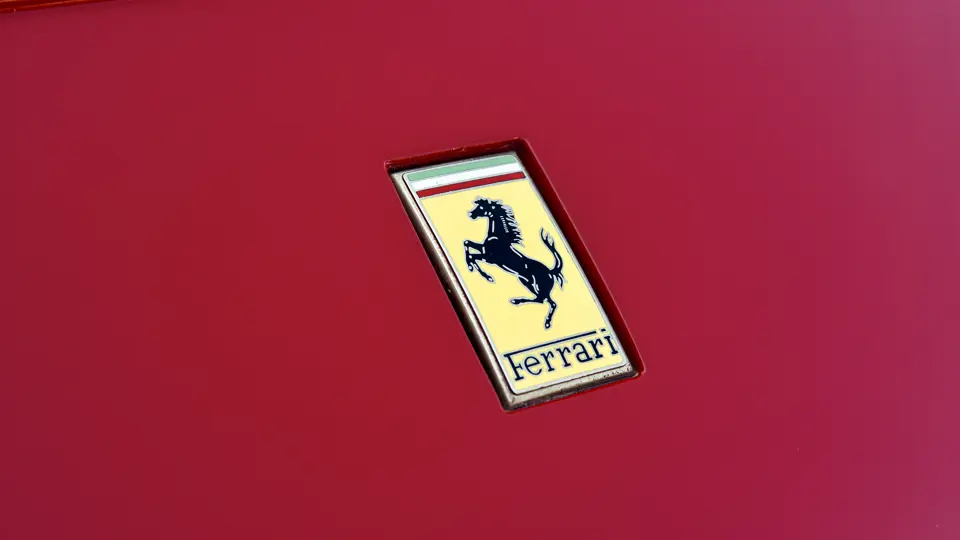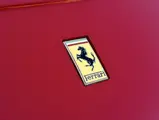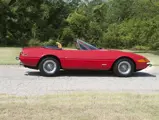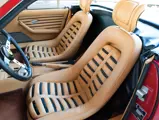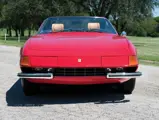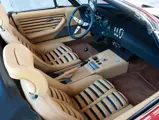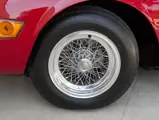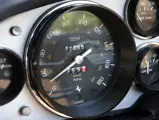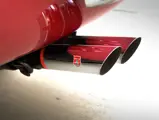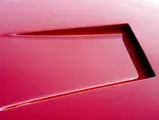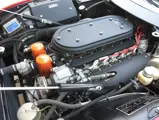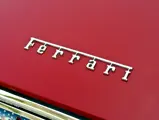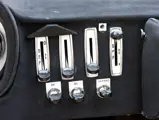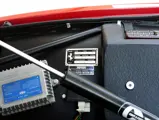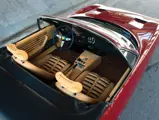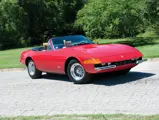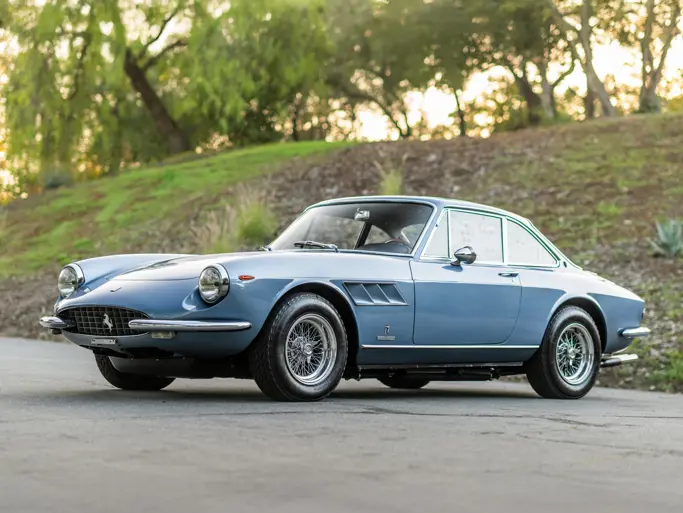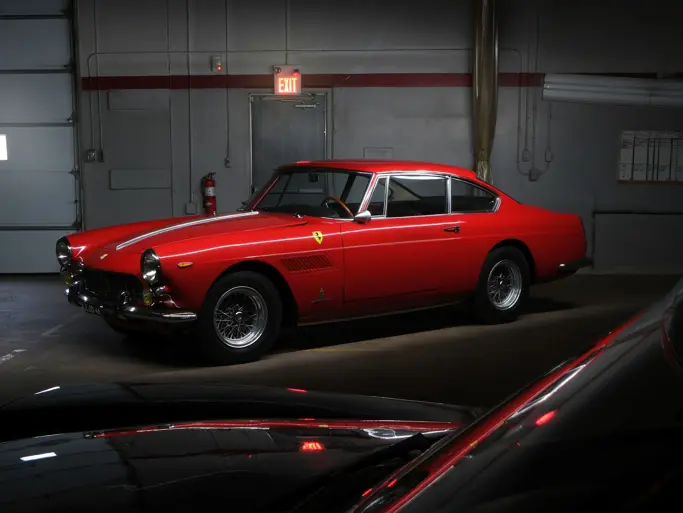352 hp, 4,390 cc DOHC V-12 engine, six Weber 40DCN17 carburetors, five-speed manual transaxle, independent front and rear suspension by coil springs and wishbones, four-wheel hydraulic disc brakes. Wheelbase: 94.5"
- Ferrari Classiche certified: one of only 121 Daytona Spyders
- Original factory documents, tool roll, handbooks and warranty cards
- Air-conditioned, fitted with Becker Mexico radio and Borrani wire wheels
When the first drawings of the Ferrari 365 GTB/4 Daytona were being sketched in Pininfarina’s studio in 1966, the world was moving on. Lamborghini had already announced its epochal mid-engined Miura, Ford’s mid-engined GT 40 was a force to be reckoned with, and even Ferrari’s own mid-engined 250LM had been racing successfully for two years.
But Enzo would put the horse before the cart one last time in what is generally agreed to be the most successful of the “traditional” front-engined, V-12 Ferrari supercars. The competition record of the 365 GTB/4 Daytona speaks for itself and is still mighty impressive. Indeed, the Daytona name was itself derived from the 1-2-3 sweep of the 1967 American race.
Competition Daytonas also won the Tour de France in 1972, their class at Le Mans in 1973 and 1974 and their class at Daytona in 1973 and 1975. The 1973 Le Mans class-winning Charles Pozzi entry, s/n 16363, was driven by Vic Elford and Claude Ballot-Lena back to Paris following the race – proving the Daytona’s reliability. In the model’s last hurrah, a 365 GTB/4 was second overall at Daytona in 1979, when it was six years old.
The heart of the Daytona was the 4.4-liter Columbo-designed DOHC V-12 engine, developed from the SOHC unit in the 365. With twin-cam heads and six Weber carburetors, the engine bay was an impressive sight. Polished aluminum heads, four-bolt main bearings, billet-steel crankshaft, forced, polished connecting rods and a rigid dry-sump casting rounded out the engine specs. The road cars were good for 352 horsepower, but the three series of competition cars generated up to 500 horsepower, wailing at 8,500 rpms through open pipes.
The Daytona chassis continued Ferrari’s practice of oval section steel tubes with supporting round and square ones of smaller diameter. A torque tube connected the engine with the five-speed transaxle, and the suspension was coil and wishbone. The body was steel with aluminum doors, hood and trunk lid, except for the competition cars, some of which were all aluminum. One new development involved a fiberglass tub which fitted inside the frame and bonded to it, providing an interior body-shell.
A story about a racing Daytona in Cavallino magazine expressed the spirit of the car eloquently: “A Daytona at full clip was a sight to behold, mean looking and muscled, weaving dramatically on its overworked suspension, shaking and darting under heavy braking in a corner, literally pushing air and dirt aside leaving a wake and making its own weather, loud as hell and scattering birds to the four winds.”
Only the prototype Daytona coupe was built by Pininfarina; the rest were bodied by Scaglietti. The Spyder was introduced at the Frankfurt Salon of 1969. Ferrari historians agree that there were 1,406 Daytonas built between 1968 and 1973, including 121 factory-built Spyders. Seven of the Spyders were right-hand drive, as were 158 of the Coupes. There were 15 factory competition cars and five others built to similar specifications for private owners.
The late Dean Batchelor, automotive historian and author, once wrote, "When the Daytona first came out, Ferrari enthusiasts and the motoring press seemed divided about its appearance. Ten years later those who liked it love it, and those who didn't like it, do so now."
Ferrari expert Steve Ahlgrim expands on that opinion. He says, “I think that statement can be taken a step further by adding that many enthusiasts who are just lukewarm to the Daytona coupe love the Daytona Spyder, and those who love the coupe can be pushed over the edge by the Spyder.”
Which brings us to the car on offer. S/n 16857 is the 92nd of 121 factory-built Daytona Spyders. It is Ferrari Classiche certified, with no stories. It has documented service history to 21,054 miles, with Classiche documents and book included in the sale. This Spyder was delivered new to the Chinetti-Garthwaite Organization on July 17, 1974 and sold to Ben H. Bryant, a fight promoter in Shaker Heights, Ohio, who paid $30,000. S/n 16857 was finished in Blu Dino 106-A-72 with Beige interior VM 3234.
Bryant kept s/n 16857 until April 26, 1986, having it repainted in red and fitted with a tan leather interior. It was eventually acquired by Cochran Water Mill Properties in Oklahoma City for $145,000. While under restoration, the car subsequently sold to Sid Ferris in Portland, Oregon before it was acquired by Eiichi Ida in Tokyo.
By 1992, the car is known to have acquired about 20,000 miles and was purchased by Jerome Sullivan of Vero Beach, California. The next spring, on February 12, 1994, Sullivan showed s/n 16857 at the Palm Beach Cavallino Classic Concours at the Breakers Hotel in Palm Beach, Florida, where it won its class. The Cavallino Classic is widely recognized as North America’s preeminent Ferrari event with a select number of the world’s finest vintage Ferraris on display annually. As such, a class-win by this Daytona Spyder may be considered a tremendous achievement.
In the late 1990s, the car was sent to Wayne Obry’s shop in Wisconsin, where it was taken down to bare metal and completely restored to be correct and laser straight. Despite the car’s excellent condition, modern restoration standards have never been higher, and Mr. Obry was perfectly suited to the task. The chrome was re-plated, all lights and lenses were replaced with NOS parts, the Borrani wire wheels were refinished, and correct Michelin XWX tires were fitted.
The interior was redone in its original tan and black leather pattern, the dash was disassembled and rebuilt, and the door panels and carpets were replaced. The V-12 engine was completely rebuilt and all the finished underhood details done to factory standards. The ATE brake system, Magnetti Marelli ignition and FIAMM horns were correctly restored and rebuilt to be delivery fresh. Underneath, every suspension part was re-plated or re-coated. In September 1998, s/n 16857 was sold by Sullivan to Adrian Hamilton in the UK.
Subsequent ownership in Chicago followed, as did a freshening at Autosprint Limited in 2006. The present owner finally acquired the car a few years later and has maintained it in his world-class collection in Texas ever since.
S/n 16857 comes with its original factory-supplied leather book pouch, handbook, USA supplement, warranty card, service book, delivery card and consumer information booklet. Also included are the original leather tool roll with all the correct tools, the jack bag and the jack. The Ferrari Classiche Program Inspection report accompanies s/n 16857 and confirms that the body, engine, transaxle and all other major parts are original and undamaged.
As one of only a handful of 365 GTB/4 Daytona Spyders to have been built, this car confers on its owner the exclusivity reflected by a car whose looks and performance remain world class. Coupled with complete records and Ferrari’s own seal of approval, it’s hard to imagine a better example for sale anywhere.
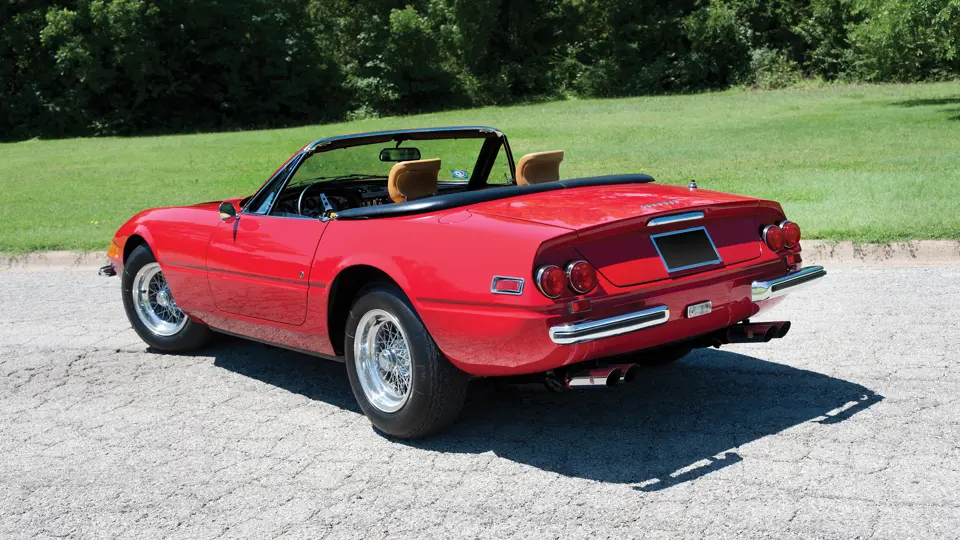

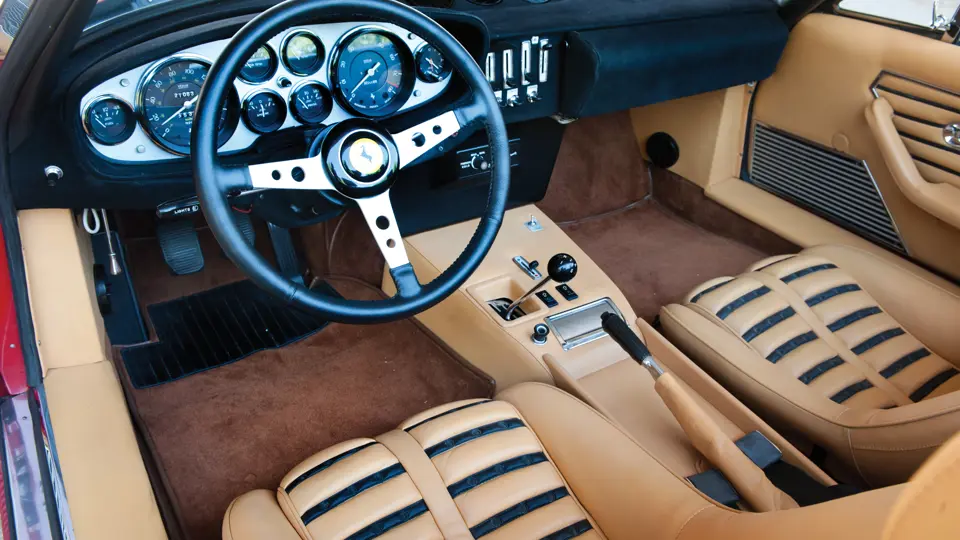



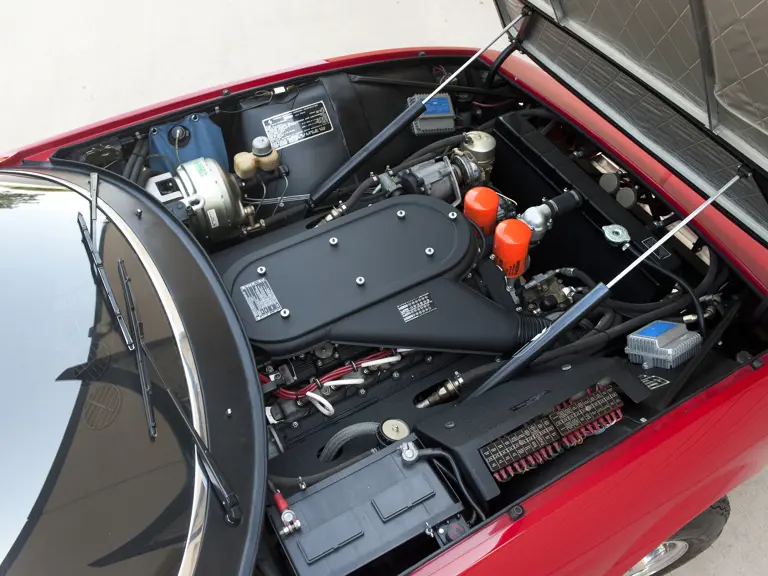
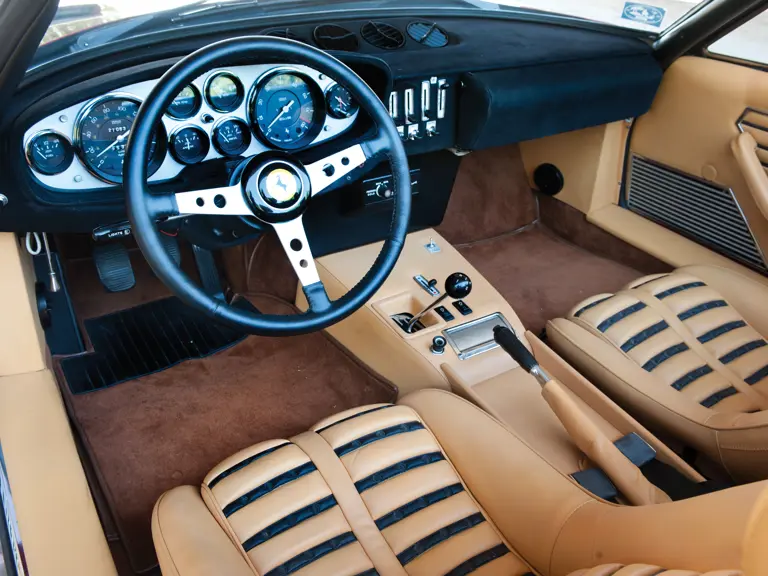
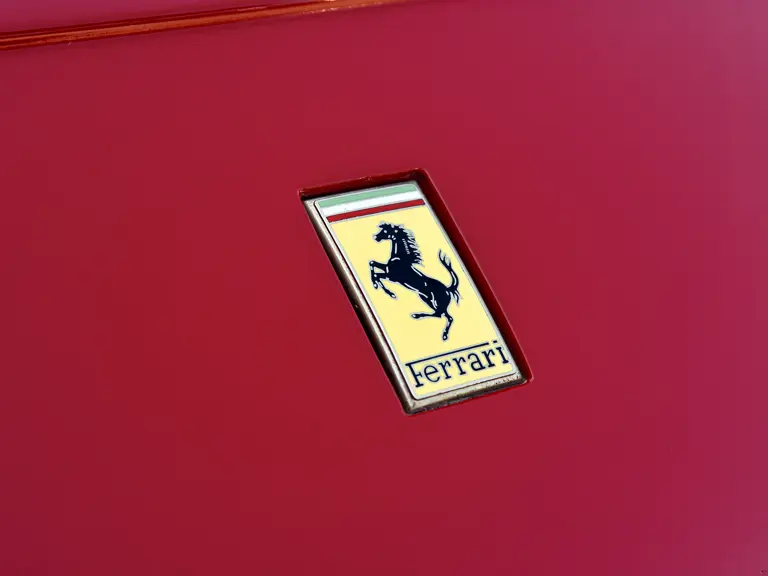
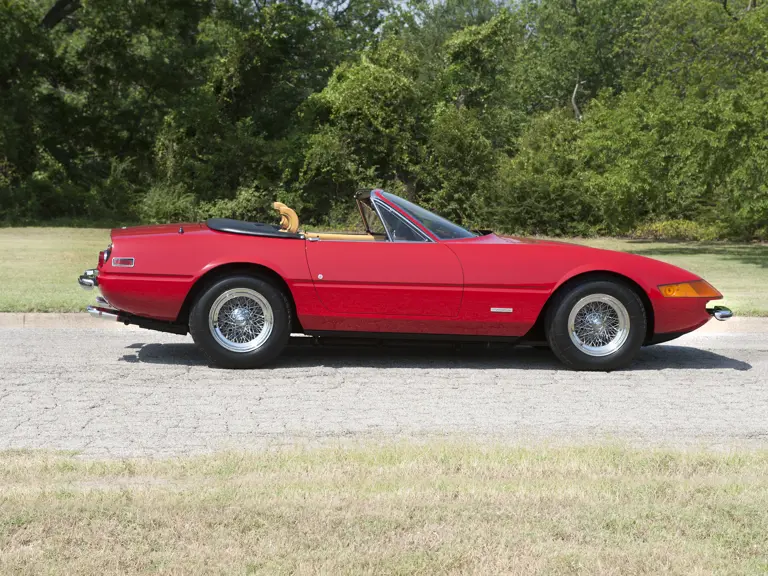
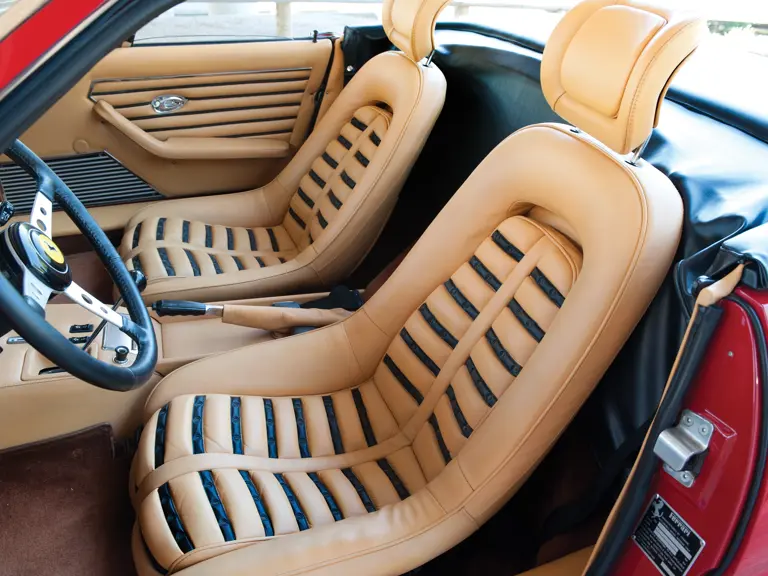

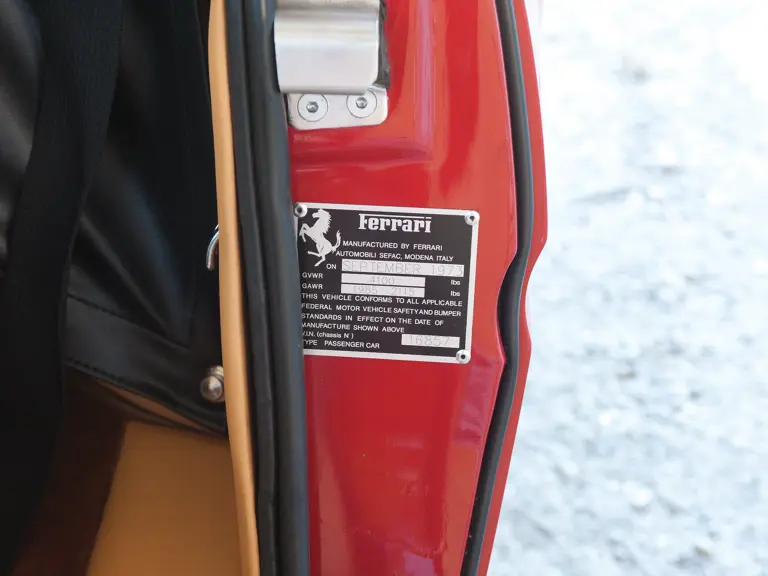
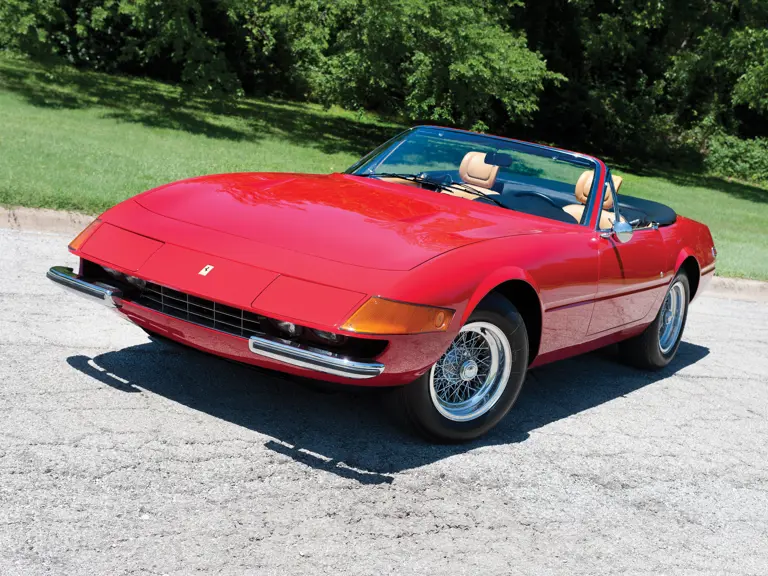


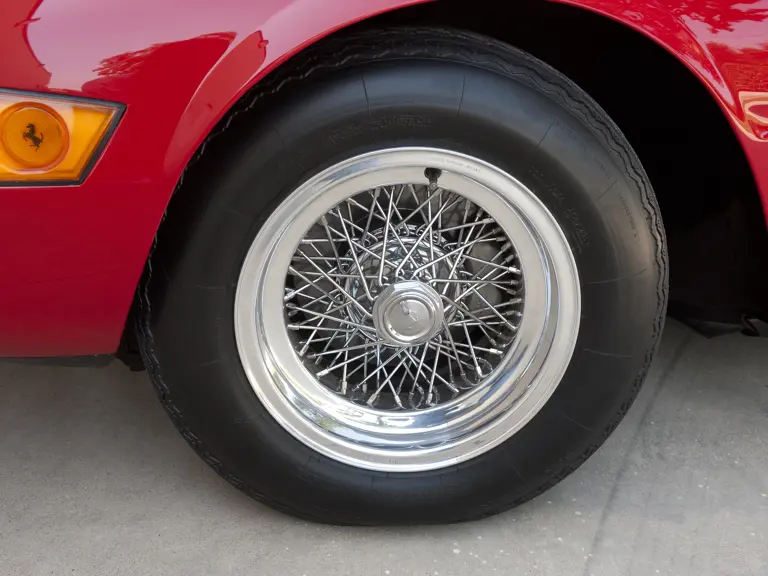
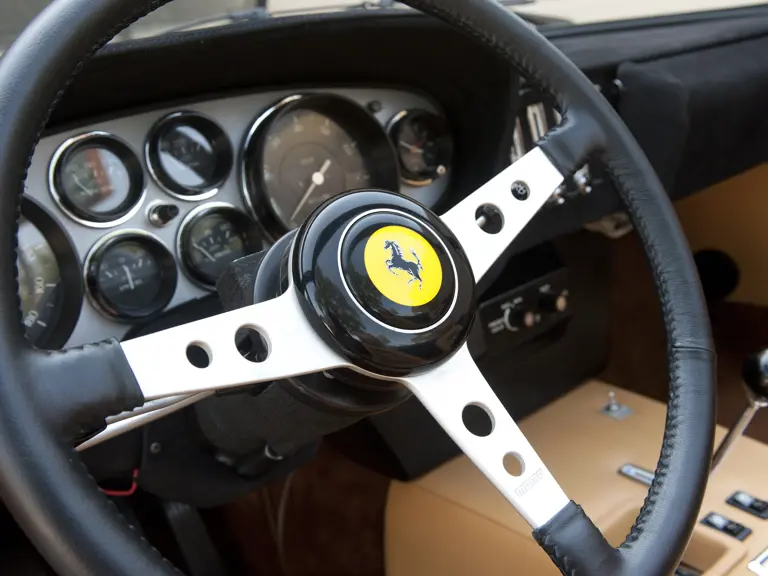
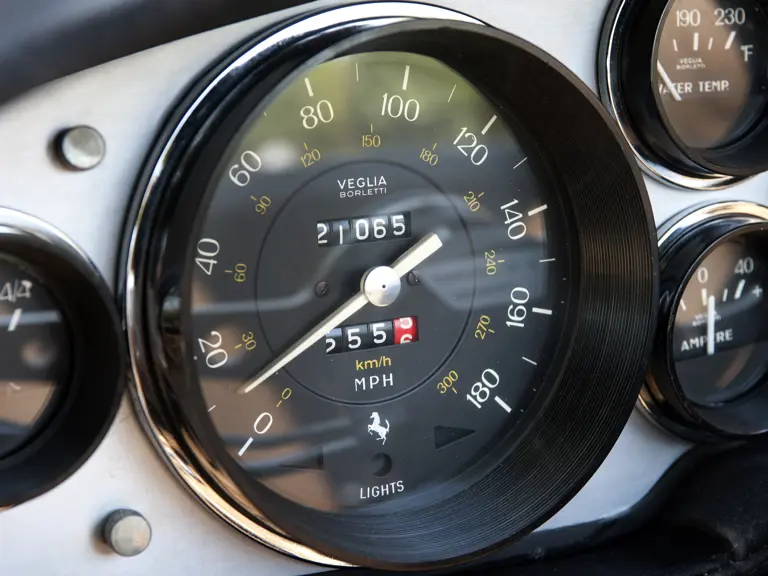
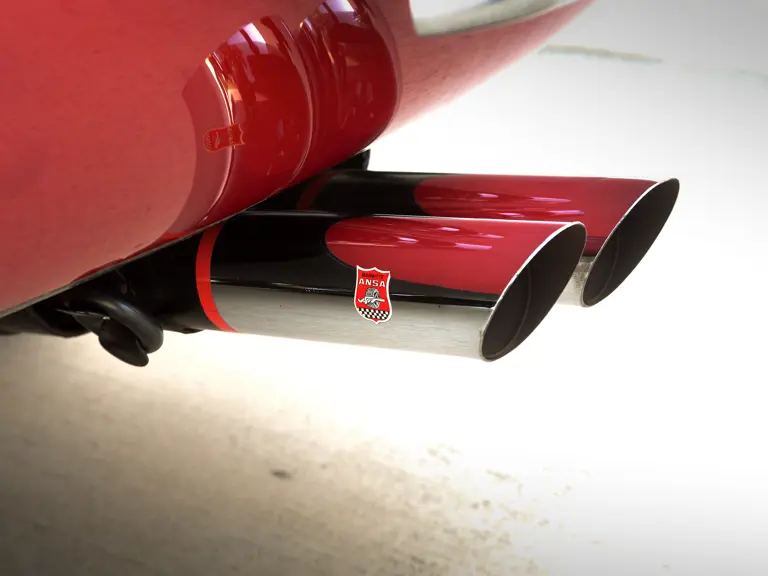

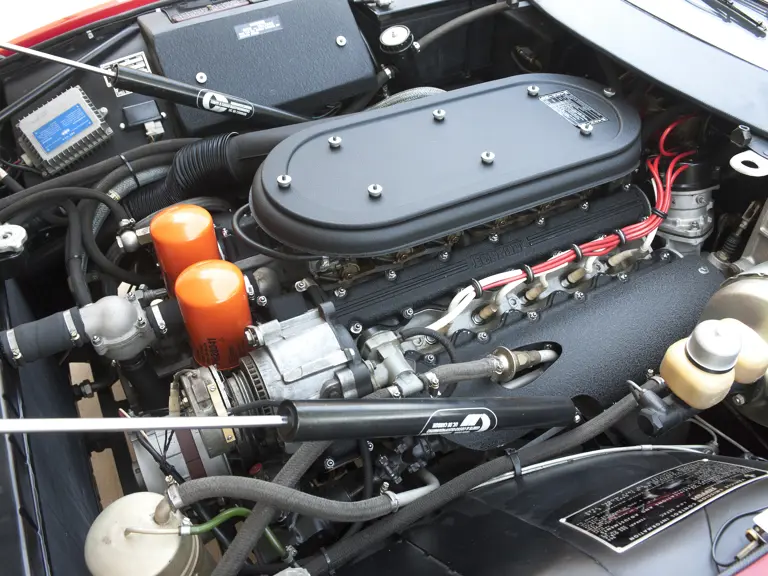
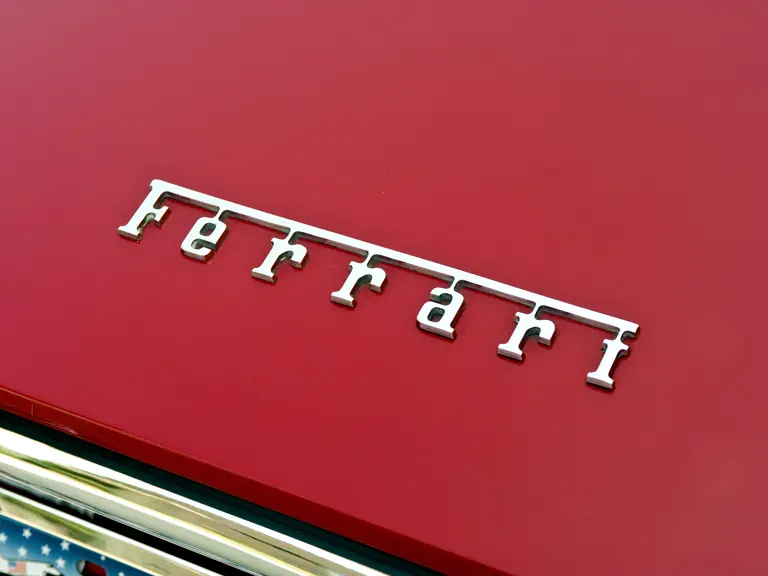
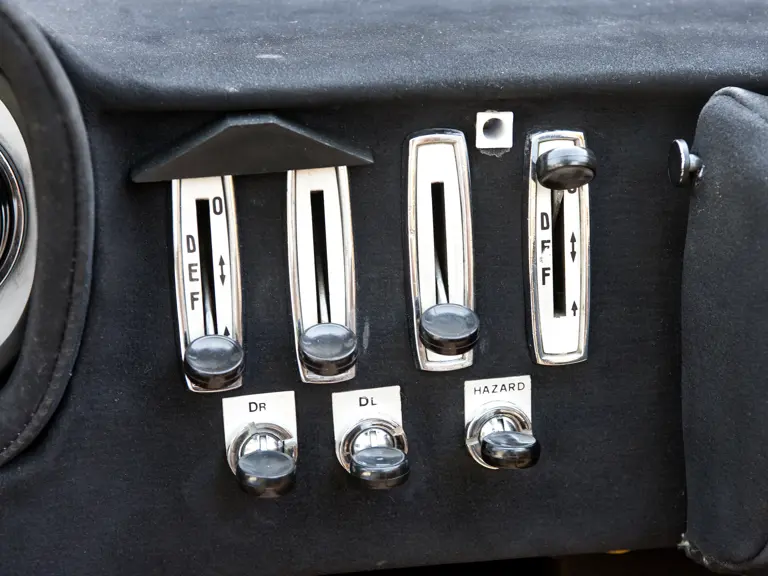
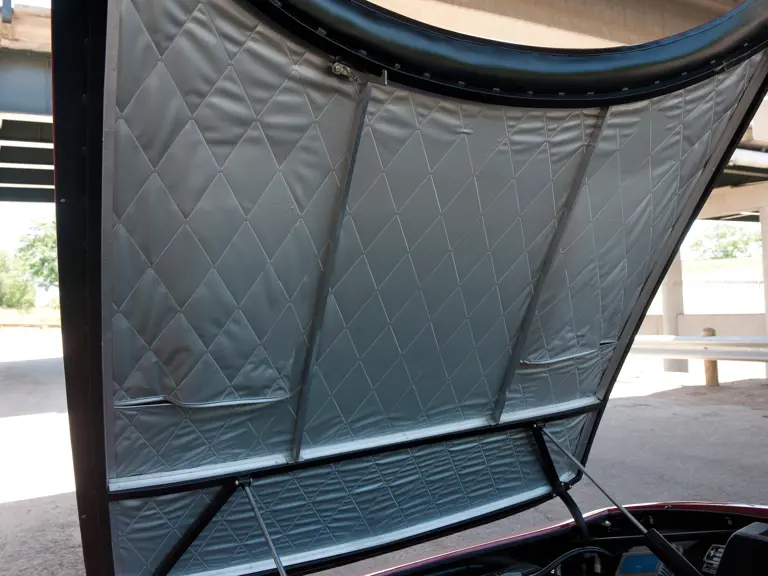
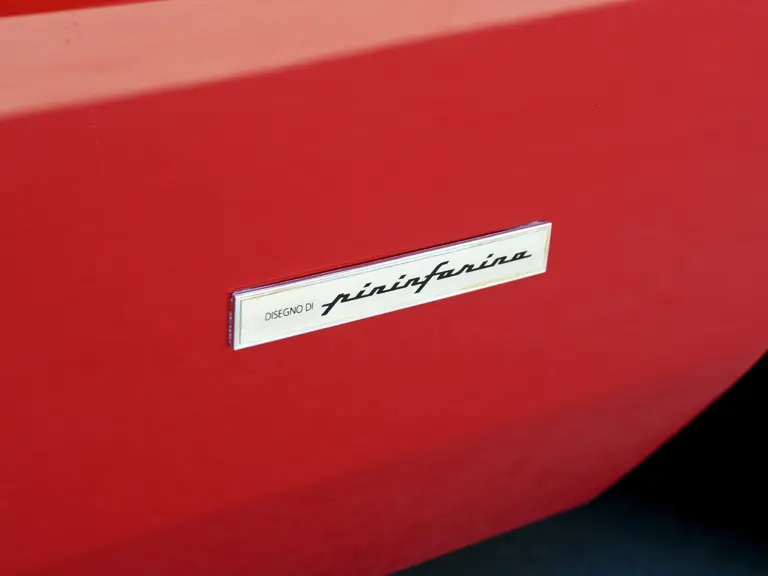

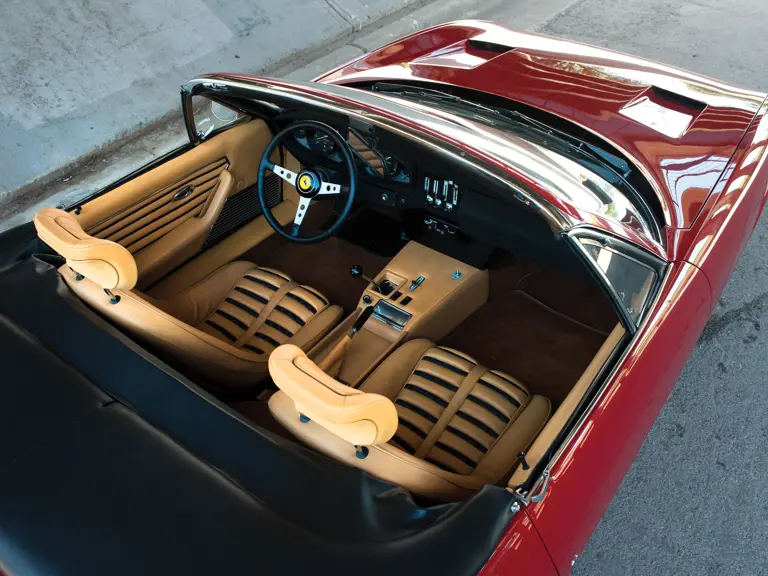


 | Monterey, California
| Monterey, California
